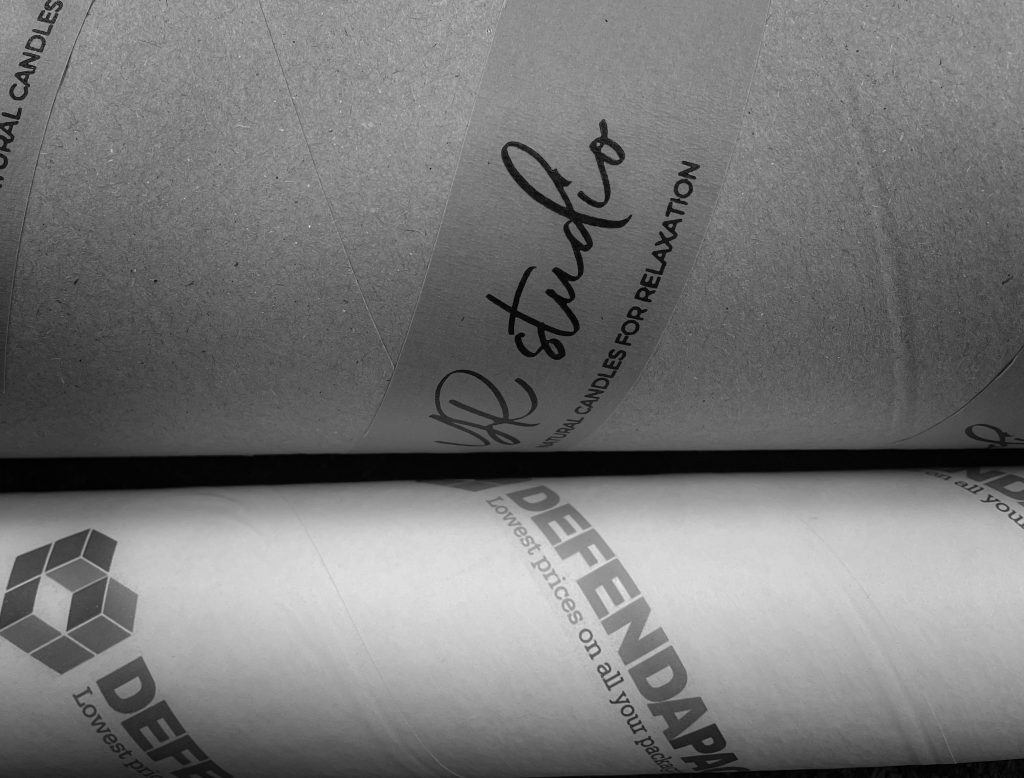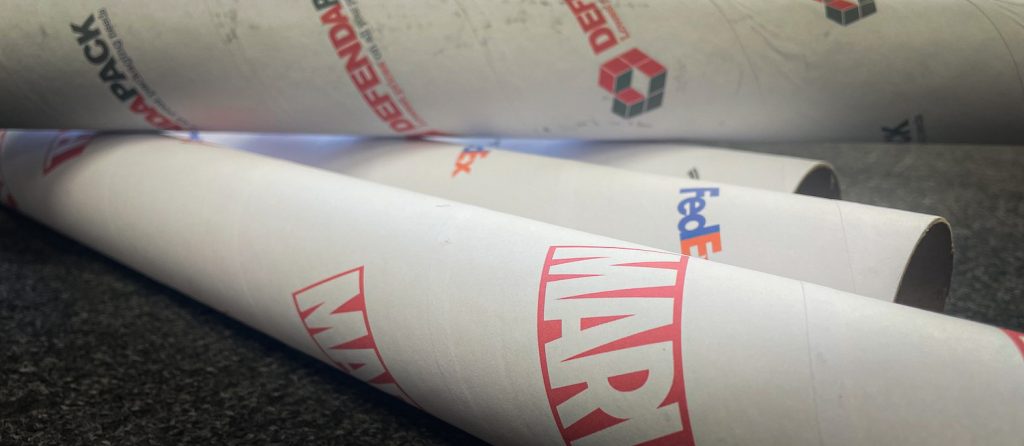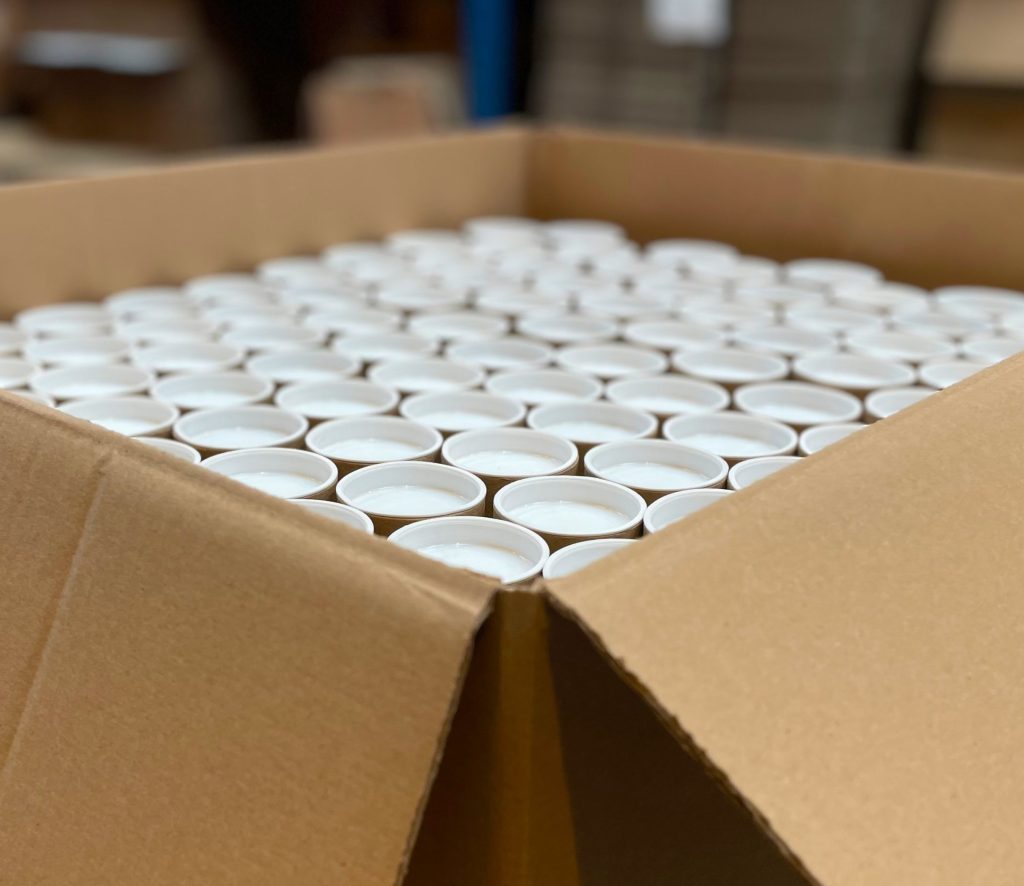Packaging plays a vital role in protecting products during transit, enhancing brand image, and ensuring customer satisfaction. Whether you’re shipping artwork, documents, posters, or even more delicate items, selecting the right packaging is crucial. Two common options are postal tubes (cardboard tubes) and boxes. Each has its advantages, but understanding when to use postal tubes instead of boxes can help you make the most efficient and cost-effective choice for your packaging needs.
Understanding the Basics: Postal Tubes vs. Boxes
Before diving into the specific use cases for postal tubes and boxes, it’s important to understand what each option offers.
Postal Tubes
Postal tubes are cylindrical containers typically made from thick cardboard. They are designed to hold and protect rolled items such as posters, blueprints, documents, and fabric. Postal tubes come with plastic or metal end caps to secure the contents, providing a durable and protective solution for shipping.
Advantages of Postal Tubes:
- Protection Against Creasing: The cylindrical shape of postal tubes prevents items from being bent or creased during transit.
- Space Efficiency: They are perfect for items that can be rolled, saving space compared to flat packaging.
- Sturdiness: Thick cardboard construction offers excellent protection against impacts.
Boxes
Boxes, on the other hand, are more versatile and come in various shapes and sizes. They are typically made from corrugated cardboard and are used for packaging a wide range of products, from electronics to clothing.
Advantages of Boxes:
- Versatility: Boxes can be used for almost any type of product, regardless of its shape or size.
- Stackability: Flat boxes are easier to stack during shipping and storage, making them ideal for bulkier or heavier items.
- Customization: Boxes can be easily branded with logos, graphics, or information, enhancing your brand’s visibility.
When to Use Postal Tubes
Now that we’ve outlined the basic features of postal tubes and boxes, let’s explore specific scenarios where postal tubes are the better choice for your packaging needs.
1. Shipping Rolled Items
Postal tubes are the go-to option for shipping items that can be rolled without being damaged. Examples include:
- Posters and Artwork: When shipping posters, prints, or large-format artwork, postal tubes provide protection against creases, folds, and other damage that might occur if these items were shipped flat.
- Blueprints and Documents: Architects, engineers, and designers often use postal tubes to send large documents like blueprints or technical drawings. The tube prevents any creasing or folding that could make the documents unreadable or unprofessional in appearance.
- Maps and Charts: Similar to blueprints, maps and charts benefit from the protective nature of postal tubes, ensuring they arrive in perfect condition.
In all these cases, the cylindrical shape of the postal tube is specifically designed to accommodate rolled items, making it the ideal choice for these types of shipments.
2. Maximizing Space Efficiency
In situations where space is at a premium, postal tubes can be a more space-efficient option compared to flat boxes. For example:
- Storage of Prints and Documents: If you need to store large quantities of posters or documents, rolling them and placing them in postal tubes can save significant space compared to stacking flat boxes.
- Warehouse Organization: Postal tubes are easy to label and stack, helping you keep your warehouse organized without taking up excessive space.
When space efficiency is a priority, especially in storage or shipping environments, postal tubes provide a practical solution.
3. Enhancing Presentation and Professionalism
Sometimes, the way a product is presented can have a significant impact on the customer experience. Postal tubes can enhance the presentation of certain items, particularly in creative industries:
- Gift Wrapping and Presentation: For high-end prints, artworks, or bespoke items, postal tubes can add a touch of elegance. They can be branded or wrapped with special materials to enhance the unboxing experience.
- Corporate Gifts and Promotions: Sending rolled-up banners, posters, or promotional materials in a postal tube can leave a lasting impression on clients or customers, offering a unique unboxing experience that a standard box might not provide.
When presentation and professionalism are key, postal tubes offer a distinctive and appealing packaging solution.

When to Use Boxes
While postal tubes are excellent for specific scenarios, there are many situations where boxes are the better choice. Understanding when to opt for boxes can help you make more informed packaging decisions.
1. Shipping Non-Rollable Items
Boxes are the obvious choice when shipping items that cannot be rolled or would be damaged by rolling. Examples include:
- Electronics: Items like phones, laptops, and other electronic devices need the protection of a box, often with additional padding or inserts.
- Fragile Items: Glassware, ceramics, and other fragile items require the cushioning and support that a well-packed box can provide.
- Clothing and Accessories: Although some clothing items can be rolled, high-end garments, shoes, and accessories are better suited to boxes, where they can be carefully folded and protected.
In these cases, the flat, sturdy structure of a box provides the necessary protection and support to ensure the item arrives safely.
2. Bulkier or Heavier Items
When shipping bulky or heavy items, boxes offer the durability and support needed to handle the weight. Examples include:
- Books and Catalogues: While lightweight, these items are best shipped flat to prevent damage to the binding or covers.
- Appliances: From small kitchen gadgets to larger appliances, boxes offer the necessary space and padding to secure these items during transit.
- Multiple Items: If you’re shipping multiple items in one package, a box allows you to pack and organize them securely, reducing the risk of damage from movement during shipping.
Boxes provide the strength and capacity needed to handle heavier or bulkier shipments, ensuring they arrive in perfect condition.
3. Custom Branding and Marketing
Boxes offer more surface area for branding, making them an excellent choice for companies looking to make a visual impact:
- Custom Printing: Boxes can be printed with logos, product information, or marketing messages, enhancing brand recognition and customer engagement.
- Personalization: Whether for e-commerce or special events, personalized boxes can create a memorable unboxing experience that reinforces your brand’s identity.
- Eco-Friendly Options: Many businesses are now opting for eco-friendly packaging, and boxes made from recycled or sustainable materials can communicate your commitment to the environment.
When brand visibility and marketing are important considerations, boxes offer the flexibility and surface area needed to create a strong brand presence.

Postal Tubes vs. Boxes: Making the Right Choice
Choosing between postal tubes and boxes ultimately depends on the nature of the items you’re shipping, your storage and space requirements, and your branding goals. Here’s a quick comparison to help you decide:
| Feature | Postal Tubes | Boxes |
|---|---|---|
| Best For | Rolled items like posters, documents | Non-rollable, bulky, or heavy items |
| Protection | Prevents creasing and folding | Provides cushioning and support |
| Space Efficiency | Space-saving for rolled items | Better for stacking and organizing |
| Presentation | Unique and professional unboxing experience | More customizable for branding and marketing |
| Versatility | Limited to rollable items | Can be used for almost any product |
| Custom Branding | Less surface area for branding | Large surface area for logos and messages |
By weighing these factors, you can determine whether postal tubes or boxes are the best fit for your packaging needs.
Tips for Choosing the Right Packaging Solution
Here are some final tips to help you make the best choice between postal tubes and boxes:
- Consider the Product: Evaluate whether your item is best shipped rolled or flat. For rolled items, postal tubes are superior. For everything else, boxes are likely the better option.
- Think About Space: If storage or shipping space is a concern, consider how the packaging will impact your operations. Postal tubes can save space for rolled items, while boxes are easier to stack.
- Evaluate the Unboxing Experience: Consider the customer’s unboxing experience. Postal tubes can add an element of surprise and elegance, while boxes offer more opportunities for custom branding.
- Balance Protection with Cost: Ensure the packaging provides adequate protection for your product while considering the cost. Postal tubes are generally more cost-effective for rolled items, while boxes may require additional padding or inserts.
- Prioritize Sustainability: If eco-friendliness is a priority, look for recycled or sustainable packaging options, whether using postal tubes or boxes.
Winding Up…
The choice between postal tubes and boxes depends on several factors, including the type of product, space requirements, presentation goals, and branding needs. Postal tubes are ideal for protecting rolled items like posters and documents, offering space efficiency and a unique presentation. On the other hand, boxes provide versatility, durability, and a larger canvas for branding, making them suitable for a wide range of products.
By understanding the strengths and limitations of each packaging option, you can make an informed decision that enhances your shipping process, protects your products, and delights your customers. Whether you choose postal tubes or boxes, selecting the right packaging will ensure that your items arrive safely and in style.
